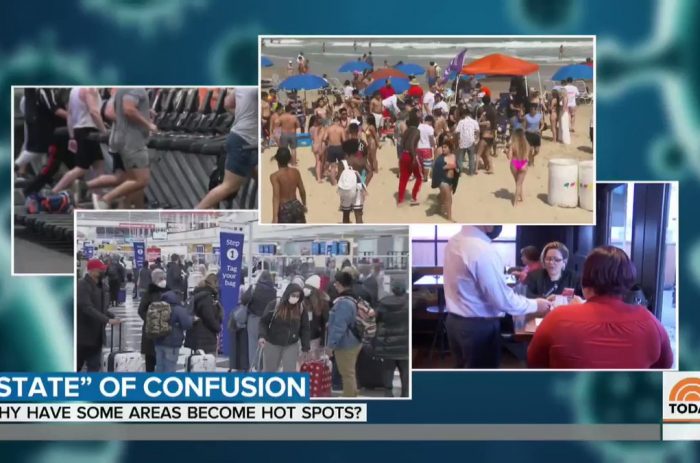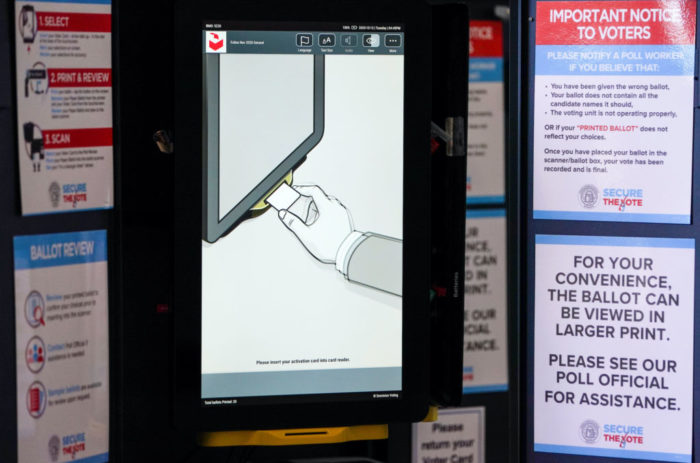redo Jump to...
print Print...
Directions
-Read the excerpt below from Julia A. Seymour's report posted at BusinessandMedia.org on Feb. 22nd.
-Read "Types of Media Bias" in the right column. Then answer the questions.
Adapted from a report by Julia A. Seymour posted at businessandmedia.org on Feb. 22:
The Business and Media Institute analyzed broadcast network news references to gas or fuel prices between Jan. 20 and Feb. 20, 2012 and from March 24 and April 24, 2008. BMI found that in the 2008 period when Republican George Bush was president there were more than 4 times as many gas prices stories, news briefs or news headlines on ABC, CBS and NBC as there were in 2012 (97 to 21).
Coverage during the time periods differed not only in quantity, but in tone as well. [In 2008,] During Bush’s tenure, [reports stated that] gas prices were a huge economic threat and cause of suffering. … In 2012, the networks aired mostly matter-of-fact stories on the rising gas prices, and worried primarily that they would hinder the economic recovery, not that they are making people suffer.
Dismal broadcast network reports about “skyrocketing” gas prices filled the newscasts in 2008. There were reports about businesses closing, airlines struggling and truckers protesting — all because of the high gas prices. One ABC report said families were facing the “tough choice” between food or fuel. Others said that “wallets were running on empty” and consumers were told over and over that there was no relief in sight. The national average rose to $3.56-a-gallon on April 24, 2008, but by the end of November 2008, prices had fallen to $1.82.
The networks weren’t simply reporting the painfully high gas prices in early 2008 though, in many cases they were exaggerating them. NBC’s “Today” focused on Redwood City, Calif. on March 6 where regular gasoline cost $3.99, according to the photograph NBC aired. The national average for gas that day was $3.19 a gallon. [Reporter] Ann Curry also failed to tell viewers that California has the highest state gasoline tax in the nation – 45.5 cents a gallon at that time. …
But now, in 2012, gas prices stories are very different. “[W]e’re seeing gas prices creep up every single week,” said one ABC reporter after delivering a positive economic report about the Dow Jones Industrial Average closing in on 13,000 for the first time since 2008. One CBS story just pointed out that if certain steps are taken against Iran, gas prices everywhere could move sharply higher.
Although the time periods BMI analyzed were the same length and ended with the same national average price for gasoline, due to price fluctuations they were not identical. In 2008, prices rose from $3.26 to $3.56 in the month we examined. In 2012, prices were already higher ($3.38 on Jan. 20). Although the national average climbed to $3.56 on Feb. 20 [2012], setting a February record after going up nearly a month straight, there was far less coverage than in 2008.
(Read a previous analysis on media reports on rising gas prices at: mrc.org)
To accurately identify different types of bias, you should be aware of the issues of the day, and the liberal and conservative perspectives on each issue.
Types of Media Bias:Questions
1. What type of bias is explained in Business and Media’s report?
2. What do you think of the results of the news analysis: Do you think the media used a double-standard when reporting on rising gas prices under President Bush vs. President Obama? Explain your answer.
Scroll down to the bottom of the page for the answers.
Answers
1. The Business and Media report is an example of bias by:
- story selection (97 bad news gas stories when Bush was president, compared to 21 gas price stories when Obama is president)
- omission (leaving out criticism that Obama is to blame for rising gas prices, when blaming Bush for high gas prices under his presidency)
- spin (During Bush’s presidency, gas prices were a huge economic threat and cause of suffering. In 2012 under President Obama, the rising gas prices were presented in a matter-of-fact way – the main concern being that they would hinder the economic recovery, not that they are making people suffer.)
2. Opinion question. Answers vary.



